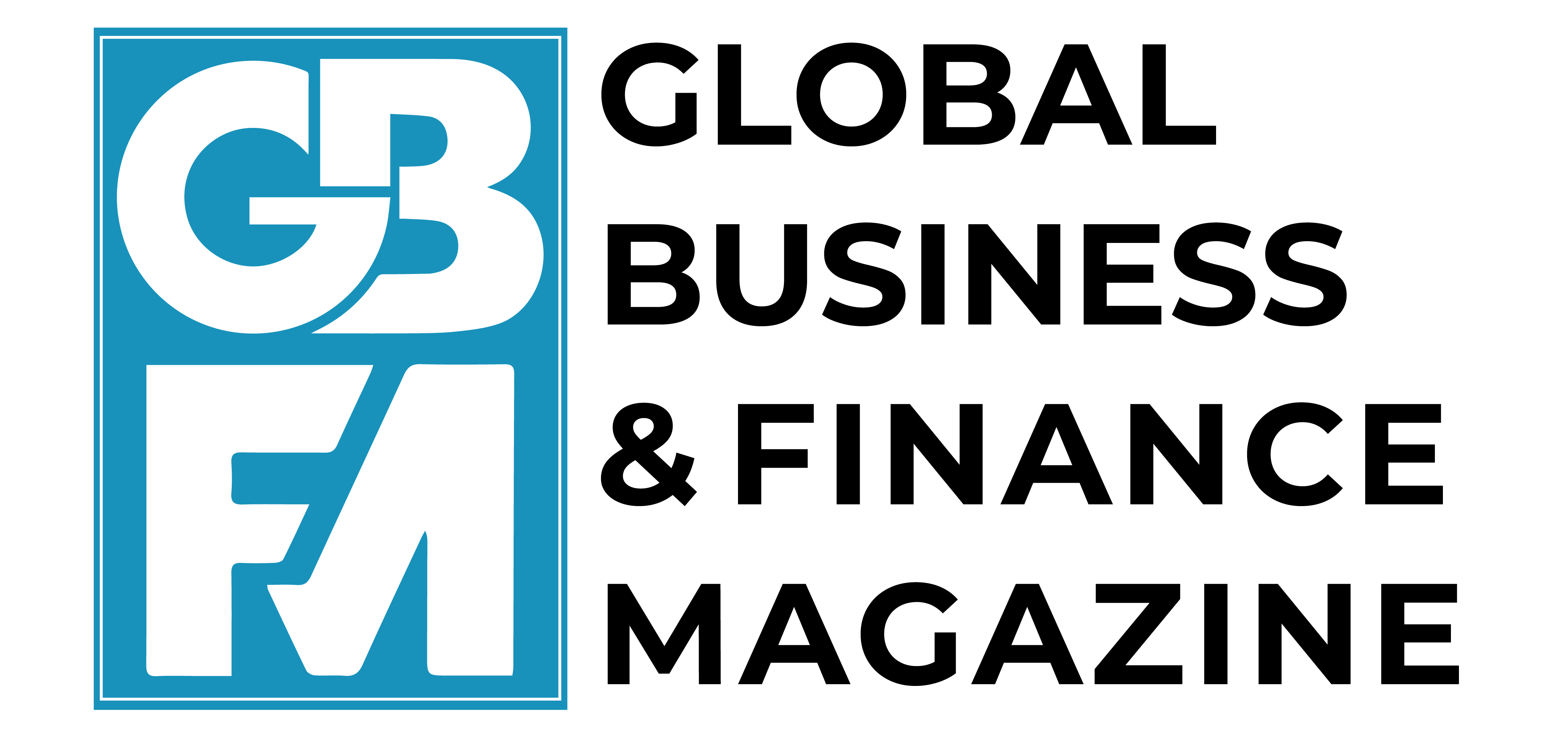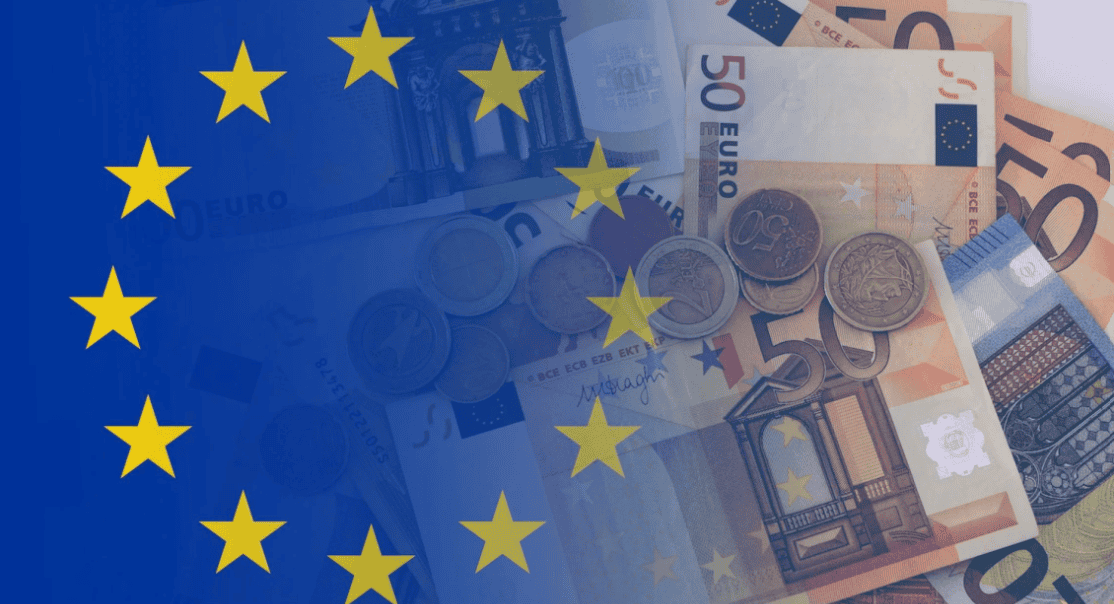Coffee prices remain high despite April dip. Coffee softened slightly in April after hitting record nominal highs. Arabica reached $9/kg in February-March, while Robusta approached $6/kg. In 2025Q1 (q/q), Arabica surged 26 percent (q/q)—almost doubling year-on-year—while Robusta rose 12 percent, marking a two-thirds increase over 2024 levels. Global production rose to 170 million bags in 2023-24 and is expected to inch up to 173 million bags in 2024-25. However, output remains below 2020-21 levels. The lingering effects of the 2021-22 production shortfall, coupled with steady demand growth, have continued to drive prices higher. Arabica prices are projected to climb by more than 50 percent in 2025 (y/y) before falling 15 percent in 2026 as output in Colombia, the world’s second-largest Arabica producer, rebounds. Robusta prices are expected to rise nearly 25 percent this year, then ease by 9 percent in 2026. Still, weather remains a risk—low rainfall and high temperatures earlier this year could hurt Brazil’s 2025–26 harvest.
Supply pressures begin to ease in the cocoa market. Cocoa prices moderated in March–April after peaking near $11/kg in January. Despite the dip, 2025Q1 prices were still 15 percent higher than last quarter and nearly 70 percent higher than a year ago. The rally stemmed from poor weather in West Africa and strong seasonal demand. Global cocoa output fell 12 percent in 2023–24, to 4.3 million metric tons (mmt), largely due to lower production in Côte d’Ivoire and Ghana, which together supply nearly 60 percent of global cocoa. Conditions are expected to improve in 2024–25, with output forecast to rise over 11 percent, aided by improved weather conditions. Côte d’Ivoire’s production is projected to increase 5 percent and Ghana’s by 34 percent. Cocoa prices are expected to rise 9 percent this year, then fall 13 percent in 2026 as more supply comes online. However, the potential return of adverse weather in West Africa remains a key upside risk to this forecast.
Tea prices drop due to seasonal reasons. Tea prices (three-auction average) stabilized in April following an 11 percent decline in 2025Q1. The drop was led by a 38 percent seasonal plunge at the Kolkata auction, while Colombo and Mombasa prices held steady due to adequate Sri Lankan supply. Despite ongoing concerns in some East African exporters, such as Tanzania and Uganda, the global market remains well supplied—especially with improvements in Sri Lanka and Kenya. Tea prices are forecast to fall 18 percent in 2025 amid recovering South Asian and East African supply, before rebounding 12 percent in 2026.
before rebounding 12 percent in 2026.
Source : World Bank



































































